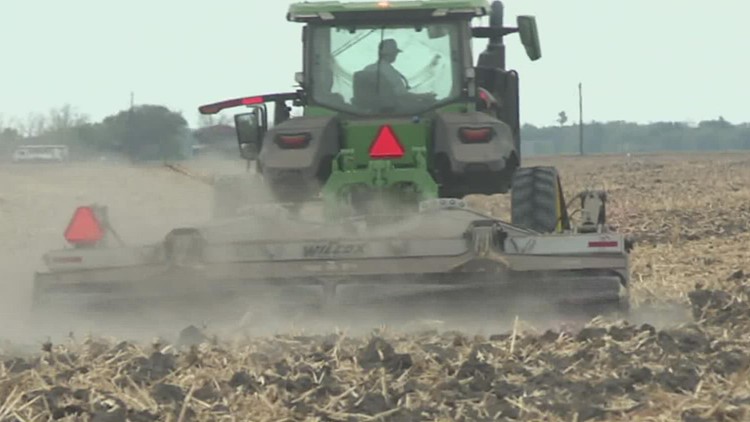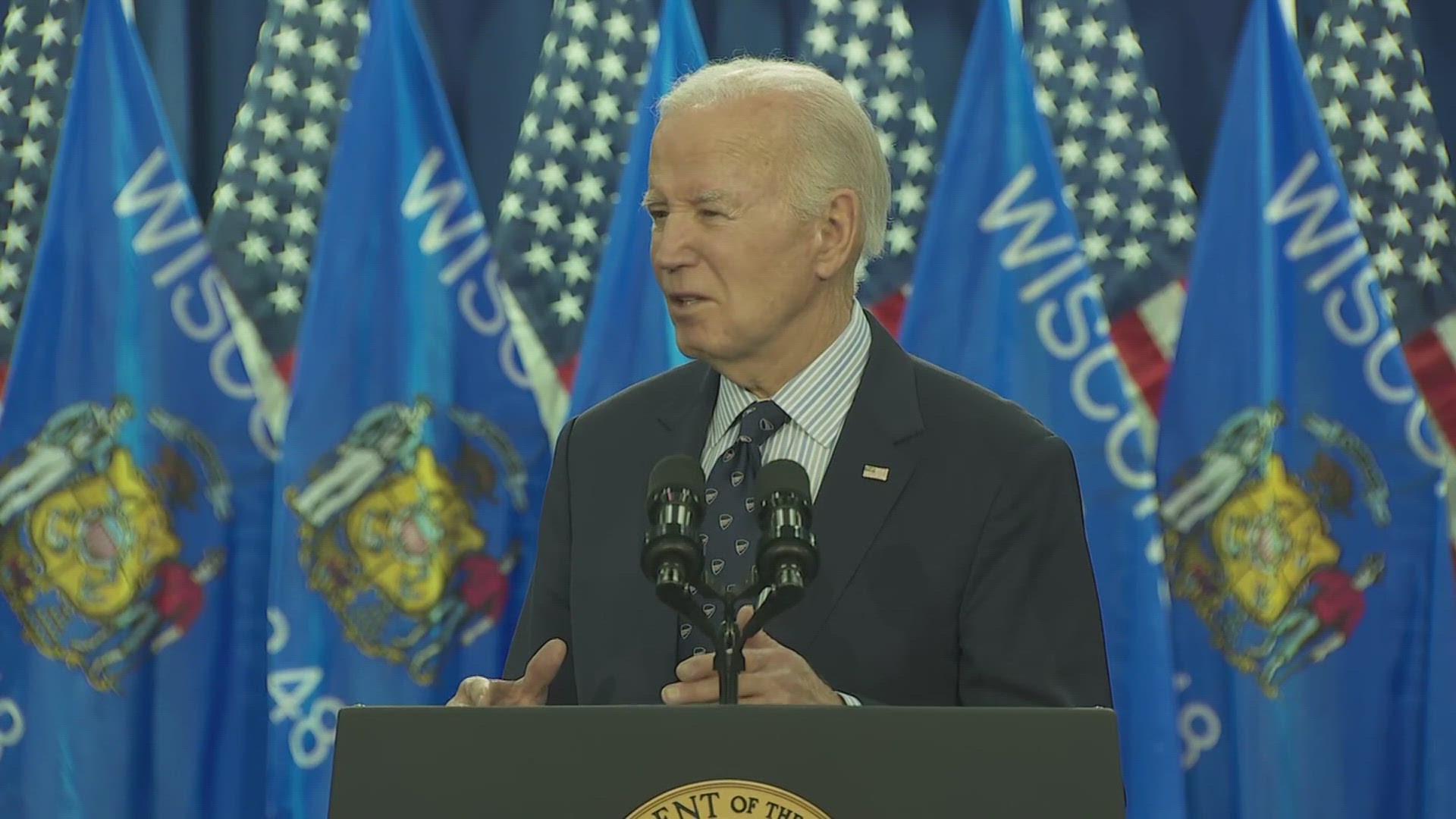INDIANAPOLIS — This past month, Indiana was bookended by two “thousand year” floods, coming in St. Louis and eastern Kentucky, in which at least 37 people were killed. This comes on the heels of a July 6 rainfall event in Fort Wayne that yielded nine inches, as well as a June 13 derecho that snapped hundreds of utility poles.
Then there was the Clear Lake fishkill up in Steuben County that DNR characterized as a “natural event” caused by extreme heat.
We better be getting used to it.
According to Axios, in the past month, floods, heat waves and wildfires across the U.S. have killed dozens and reshaped entire communities from Kentucky to northern California. “This summer has demonstrated again and again that our infrastructure isn’t sufficient to withstand today’s changed climate, let alone what’s on the horizon,” Axios extreme weather expert Andrew Freedman writes.
Even more severe temperatures are expected to hit a swath of the country stretching from northern Texas and Louisiana to Illinois and Indiana, both Axios and the Washington Post reported. First Street’s analysis found that tens of millions more people living in this region are likely to see a heat index above 125 degrees by mid-century. The group calls this area an “extreme heat belt.”
In the 2018 Indiana Climate Change Impacts Assessment report compiled by researchers from Purdue, IU, Notre Dame, Ball State and the Midwestern Regional Climate Center, they reported:
Indiana has already warmed 1.2°F since 1895. Temperatures are projected to rise about 5°F to 6°F by mid-century, with significantly more warming by century’s end.
The number of extremely hot days will rise significantly in all areas of the state. In the past, southern Indiana averaged about seven of these days per year, but by mid-century this region is projected to experience 38 to 51 extremely hot days per year.
Average annual precipitation has increased 5.6 inches since 1895, and more rain is falling in heavy downpours. Winters and springs are likely to be much wetter by mid-century, while expected changes in summer and fall precipitation are less certain.
“Heavy precipitation and flooding ... is likely to increase the frequency of floods in Indiana. Over the last half century, average annual precipitation in most of the Midwest has increased by 5 to 10%,” the report said. “During the next century, spring rainfall and average precipitation are likely to increase, and severe rainstorms are likely to intensify."
Averaged across the entire state, historically, an extreme rain event occurs when more than 0.86 inches of rain falls in a day. Since 1900, the number of days per year with extreme rain has been increasing by 0.2 days per decade on average. However, most of that increase has occurred since 1990.
The Indiana climate study added that the occurrence of extreme heat events is projected to rise substantially.
“Our analysis shows that the state’s average hottest temperature of the year is also projected to rise. Over the last century, the average hottest day of the year was 97°F,” the report explained. “By mid-century, the hottest temperature of the year is projected to be about 8°F higher than in the past three under both emissions scenarios. Elevated high temperatures can create challenges for roadways and pavement as the risk of warping and buckling during the hottest times of the year increases. The roadway materials used historically may be inappropriate for these new temperatures.”
“Summers in Indiana will increasingly feel like those we associate with Mississippi, Arkansas, and other states to Indiana’s southwest,” researchers said. “Winters will feel more like those recently seen in Pennsylvania, New Jersey, and Maryland.”
Earlier this month, the federal government announced plans to give Indiana up to $177 million over the next five years to make its transportation infrastructure resilient to things like flooding and extreme heat.
U.S. Department of Transportation said the funding from the federal infrastructure law can be used to either adapt existing or build new transportation infrastructure. It can also be used for green infrastructure — like rain gardens — to reduce flooding and protect aquatic life in waterways nearby.
That $177 million seems like a lot, until you consider how much the total adaptation will cost.
There’s another way to look at the coming climate crisis. While Evansville and New Albany and points south will be baking at the end of this century, Michigan City, Portage, Valparaiso, South Bend, Elkhart and Angola could become “climate refuge” destinations, particularly if the Atlantic and Gulf of Mexico coasts flood due to sea level rise, sending a diaspora into the Great Lakes.
The World Bank estimates that more than 140 million people could become internally displaced by the climate crisis in coming decades, including 13 million Americans by 2100, according to a report by Matthew Hauer’s research published in the journal Nature Climate Change.
We’ve seen this kind of population shift before, when 2.5 million moved from the Dust Bowl during the Great Depression, and approximately 1.4 million Black southerners moved north or west in the 1940s during the Great Migration that came in three waves between 1900 and 1970, followed by 1.1 million in the 1950s, and another 2.4 million people in the 1960s and early 1970s.
The columnist is publisher of Howey Politics Indiana at www.howeypolitics.com. Find Howey on Facebook and Twitter @hwypol.



